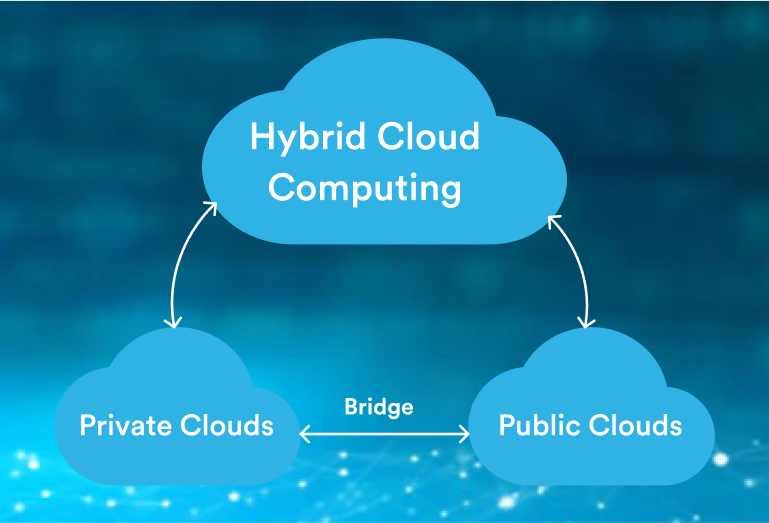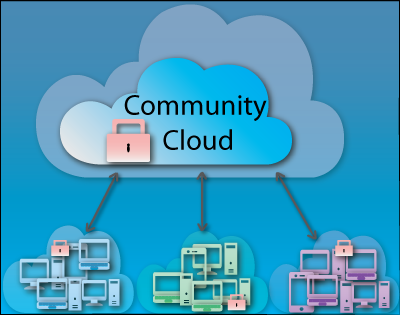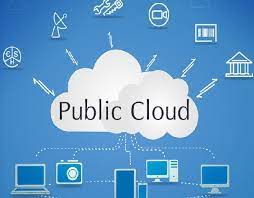Description
A hybrid cloud represents a sophisticated and strategic approach to computing infrastructure, seamlessly blending the strengths of both public and private clouds to create a unified and flexible computing environment. This model allows organizations to leverage the advantages of public cloud services, such as scalability and cost-efficiency, while maintaining control over sensitive data and critical workloads within a private cloud or on-premises infrastructure.





Justina –
Our experience with Hybrid Cloud has been marked by reliable performance and minimal downtime. The ability to distribute workloads between on-premises servers and the cloud ensures consistent access to our applications and services. This reliability is crucial for maintaining smooth business operations.
Charles –
Security is a top priority for our business, and the Hybrid Cloud solution has exceeded our expectations. The combination of on-premises and cloud security measures provides a robust defense against potential threats. Our sensitive data is well-protected, giving us peace of mind in an era of increasing cyber threats.
Shuaibu –
One of the standout features of our Hybrid Cloud setup is its cost-effective scalability. We can scale resources up or down based on demand, optimizing costs while ensuring we have the necessary computing power during peak times. This flexibility has been instrumental in managing our IT budget effectively.
Eunice –
The Hybrid Cloud solution seamlessly integrates with our existing infrastructure, providing a level of flexibility that has been crucial for our business. It allows us to leverage the benefits of both on-premises and cloud environments, giving us the agility to adapt to changing requirements effortlessly.